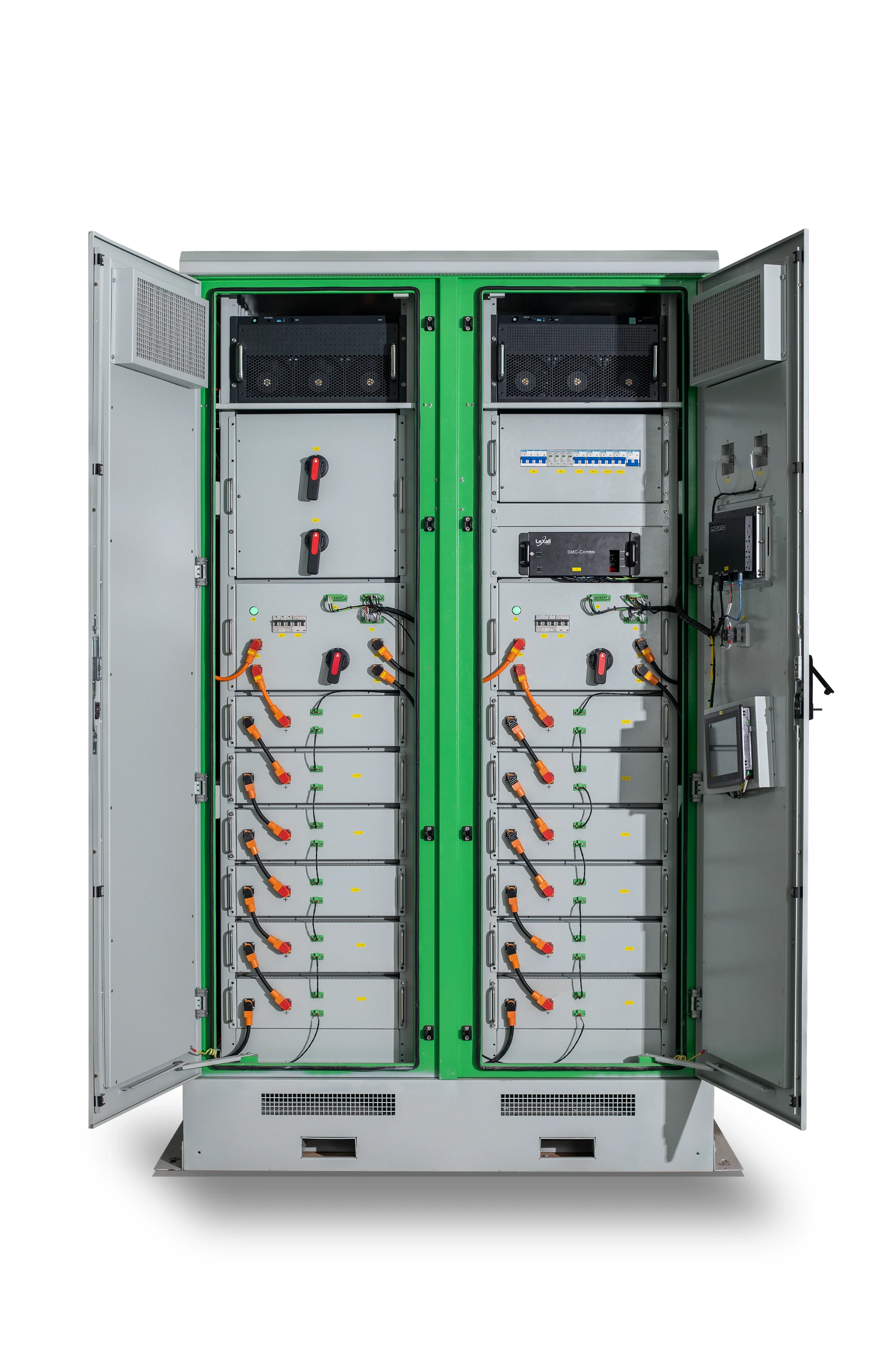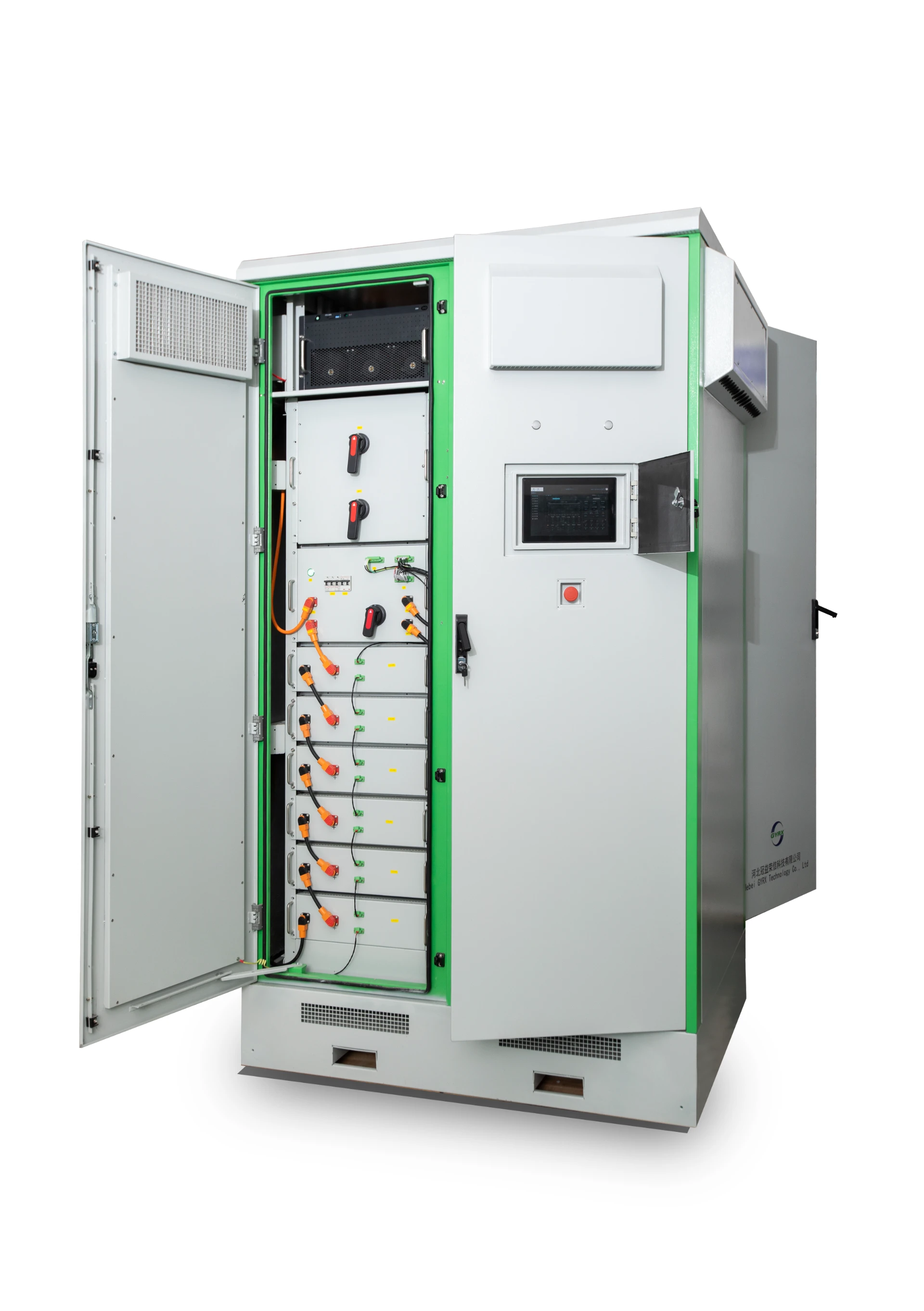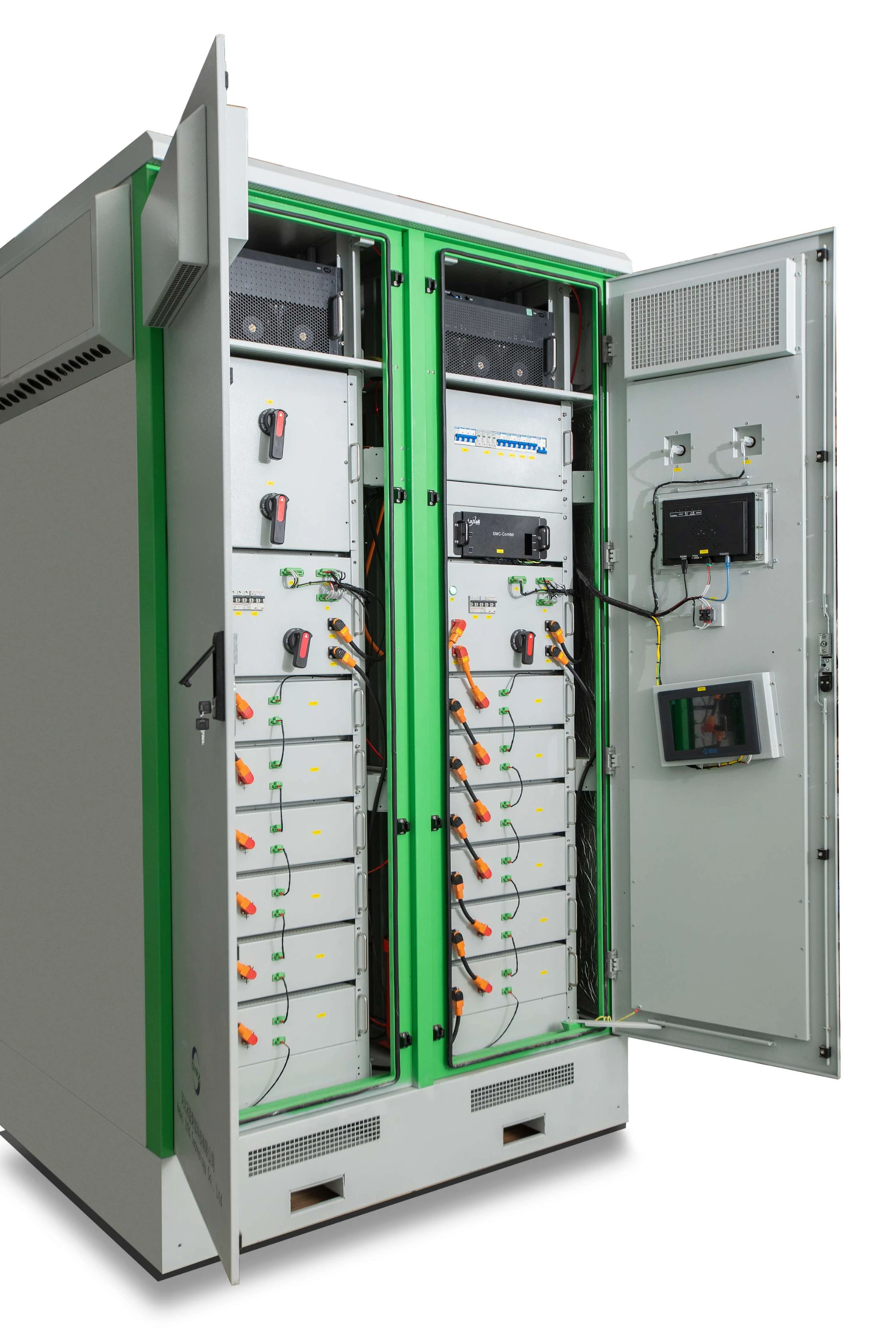
jul . 21, 2025 09:01 Back to list
Reliable ESS Energy Storage Solutions | Efficient Power Backup
Suzhou ACDC New Energy Technology Co., LTD.
Global Provider of Advanced Storage Solutions
Official Website: www.acdcbess.com
Introduction to Modern Storage Systems
Energy storage systems (ESS) represent one of the fastest-growing segments in the renewable energy sector, revolutionizing how we store and distribute electricity. The global energy storage market is projected to grow at a CAGR of 21.3% from 2023 to 2030, reaching $141.1 billion according to Grand View Research. Storage system technologies bridge the gap between energy generation and consumption, enabling grid stability, peak shaving, and integration of renewable sources.
Contemporary energy storage systems encompass multiple technologies including lithium-ion batteries, flow batteries, compressed air storage, and thermal storage. These systems store excess electrical energy during periods of low demand or high renewable generation, releasing it during peak hours or when renewable sources are unavailable. This operational flexibility is fundamental to modern energy infrastructure and the transition toward decarbonization.
One pioneering solution in the distributed energy market is the Self-Cooling-PW-164 ess energy storage system by Suzhou ACDC New Energy Technology. Designed as an Outdoor Distributed Energy Storage Cabinet-Power Type, this system exemplifies the technological sophistication available today. Such innovations are reshaping commercial and industrial energy management strategies globally.
ACDC's Self-Cooling-PW-164 Storage Solution
The storage system named Self-Cooling-PW-164 represents a cutting-edge approach to outdoor distributed energy storage. Engineered for resilience and efficiency, this system integrates several innovative features:
- Patented self-cooling technology eliminating external cooling requirements
- Modular architecture allowing flexible capacity expansion
- Intelligent battery management system (BMS) ensuring optimal performance
- Industry-leading cycle life exceeding 8,000 cycles at 80% DoD
- Advanced fire suppression and safety mechanisms
- Grid-forming capabilities for microgrid applications
Designed specifically for harsh outdoor environments, this energy storage system maintains operational integrity in temperature ranges from -30°C to 55°C. The cabinet's IP55 rating ensures protection against dust and water ingress, while its corrosion-resistant exterior withstands challenging industrial conditions. Suzhou ACDC's unique thermal management solution reduces auxiliary power consumption by up to 40% compared to conventional systems, making it an ideal solution for regions with extreme climates.



Technical Parameters of Modern Storage Systems
Understanding the technical specifications is crucial when selecting an appropriate storage system for specific applications. The following table outlines key parameters of leading commercial-scale ess energy storage system solutions:
| Parameter | Industry Standard Range | Self-Cooling-PW-164 | Significance |
|---|---|---|---|
| Energy Capacity | 100kWh - 3MWh | Up to 1.64MWh | Determines discharge duration capabilities |
| Power Rating | 50kW - 1.5MW | Up to 1MW | Instantaneous power delivery capacity |
| Round-Trip Efficiency | 85% - 94% | 92% (AC-AC) | Energy conversion effectiveness |
| Response Time | 20ms - 500ms | 15ms | Grid stabilization capability |
| Cycle Life (80% DoD) | 5,000 - 10,000 cycles | 8,000 cycles | System longevity and lifetime value |
| Degradation Rate | 2.0% - 3.5% per year | 2.2% per year | Capacity retention over time |
| Temperature Range | -20°C to 50°C | -30°C to 55°C | Environmental adaptability |
Industry Evolution and Market Trends
Energy storage systems are evolving rapidly, driven by technological innovations and changing market dynamics. The global transition to renewable energy sources is creating unprecedented demand for grid-scale ess energy storage system deployments. According to the International Energy Agency (IEA), grid-scale battery storage capacity grew by 60% in 2022 alone, with significant contributions from utility-scale projects in the United States, China, and Europe.
Energy Storage System Applications
Modern storage systems serve diverse functions across multiple sectors. Their applications include:
Grid Stabilization
ESS provides frequency regulation and voltage support, maintaining power quality during fluctuations. System response times below 200ms are critical for this application.
Renewable Integration
Energy storage systems mitigate intermittency issues of solar and wind generation. Storage solutions provide an average of 4-6 hours of firm capacity during generation gaps.
Commercial & Industrial
Demand charge management through peak shaving reduces electricity costs by 20-40%. Self-Cooling-PW-164 achieves ROI within 3-5 years for most commercial installations.
Microgrid Systems
Off-grid communities utilize ess energy storage system solutions with grid-forming inverters that maintain stable islanded networks without rotating generators.
Backup Power
Mission-critical facilities implement Li-ion systems for seamless transfer during outages. Tier-4 data centers require less than 10ms transfer times.
Electric Vehicle Charging
Storage buffers overcome grid constraints at charging stations, enabling ultra-fast charging without costly infrastructure upgrades.
Energy Storage Technical FAQ
Our system employs Lithium Iron Phosphate (LiFePO4) chemistry specifically for its exceptional safety profile, thermal stability, and long cycle life. Compared to NMC alternatives, LiFePO4 maintains stable performance at high temperatures and has lower thermal runaway risks, making it ideal for outdoor installations with minimal supervision.
The Self-Cooling-PW-164 meets international standards including UL9540 (Energy Storage System Safety), IEC62619 (Secondary Cells and Batteries), UN38.3 (Transportation Safety), and CE Marking (European Conformity). Our manufacturing process is ISO9001 and ISO14001 certified, ensuring quality and environmental compliance.
Our patented thermal management system utilizes phase-change materials (PCMs) strategically positioned between battery modules. During temperature spikes, these materials absorb heat through phase transition. During cooler periods, passive venting releases stored heat. This cyclical process maintains optimal 25°C±3°C operating temperature without active cooling components.
The power conversion system includes IEEE 1547-2018 compliant grid-forming inverters that support black start functionality, voltage/frequency ride-through, and reactive power support. Communication protocols include Modbus TCP, DNP3, and IEEE 1815, allowing seamless integration with utility SCADA systems.
Standard installation requires a level concrete pad with minimum compressive strength of 25MPa and thickness of 150mm. The pad dimensions should extend at least 300mm beyond the cabinet perimeter. Soil bearing capacity must exceed 15 tonnes/m², with specific seismic considerations for Zone 3/4 regions.
Based on accelerated lifecycle testing, the system maintains ≥80% capacity retention after 8,000 equivalent full cycles at 25°C ambient. The typical linear degradation rate is 2.2% per year under normal cycling conditions, resulting in a 15-year design life with 70% end-of-life capacity.
A three-tiered battery management system operates at cell (voltage/temperature sensing), module (balancing), and rack (communication/control) levels. Remote monitoring capabilities include state-of-health assessments, predictive maintenance alerts, and cybersecurity protocols complying with IEC 62443 standards.
Industry References & Technical Sources
- International Energy Agency (2023). "Grid-Scale Storage Technology Assessment" iea.org/reports/grid-scale-storage
- National Renewable Energy Laboratory (2022). "Lithium-Ion Battery Degradation Mechanisms" nrel.gov/docs/fy22osti/81407.pdf
- Energy Storage Association (2023). "Grid Storage Market Report" energystorage.org/esa-2023-market-report/
- IEEE Power & Energy Society (2022). "Grid-Forming Inverters Technical Standard" ieee-pes.org/publications/tech-guides/PESTG2022.html
- Journal of Power Sources (2023). "Thermal Management Advances in Commercial ESS" doi.org/10.1016/j.jpowsour.2023.121456
- DNV GL (2022). "Battery Storage Project Lifecycle Best Practices" dnv.com/energy/publications/storage-project-lifecycle.html
-
Reliable ESS Energy Storage Solutions | Efficient Power Backup
NewsJul.21,2025
-
Self-Cooling-PW-164: Advanced Automatic Cooling Motor Technology
NewsJul.20,2025
-
Energy Management System Optimize Energy Use & Save Costs
NewsJul.20,2025
-
High-Efficiency Microinverter Solutions Top Microinverter Suppliers & Exporters
NewsJul.08,2025
-
Top Energy Storage Companies Leading Utility Scale & Long Duration Solutions
NewsJul.08,2025
-
Charge Point Charger - Reliable Charging Solutions for EVs Leading Charge Point Charger Company & Exporters
NewsJul.07,2025























